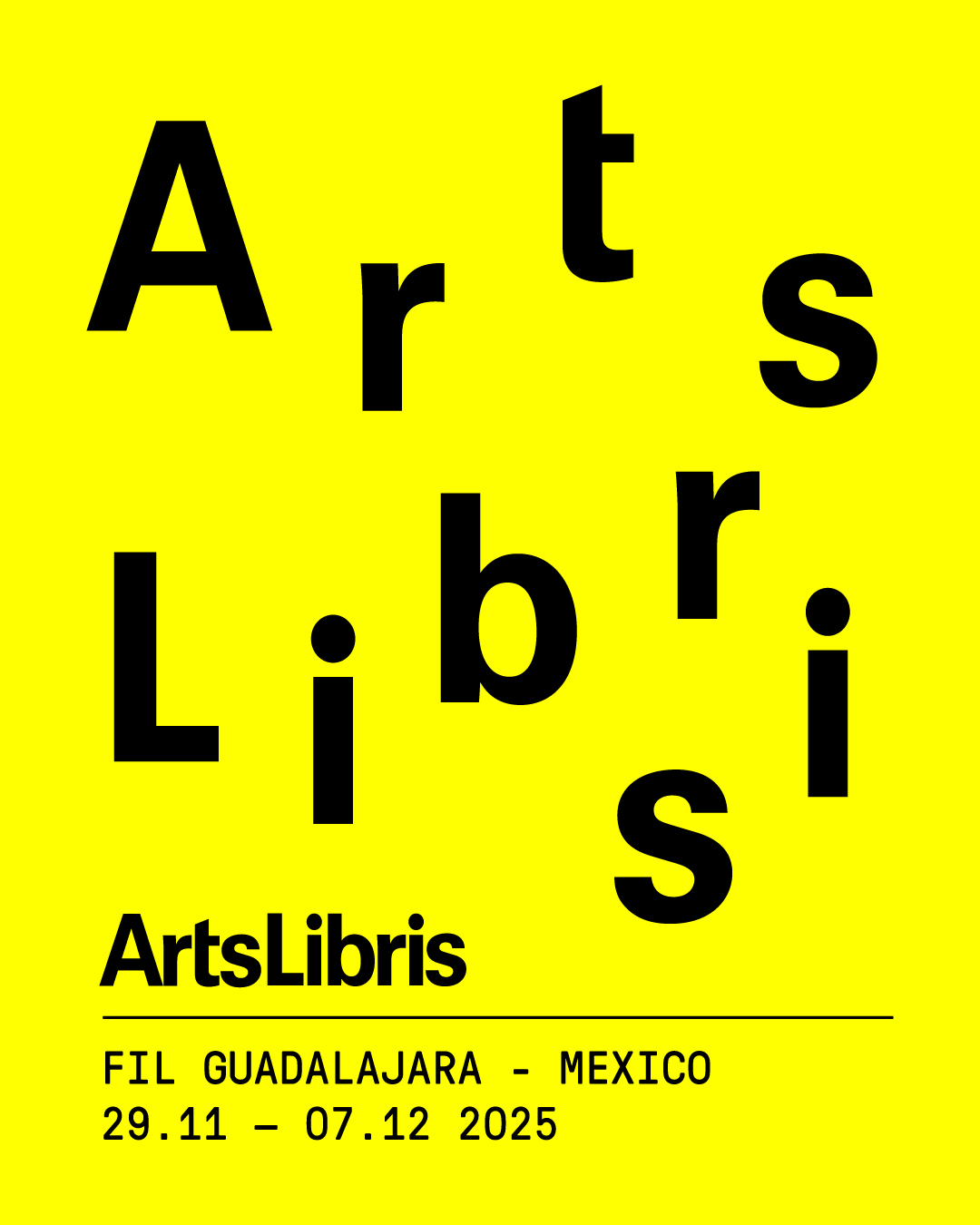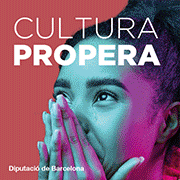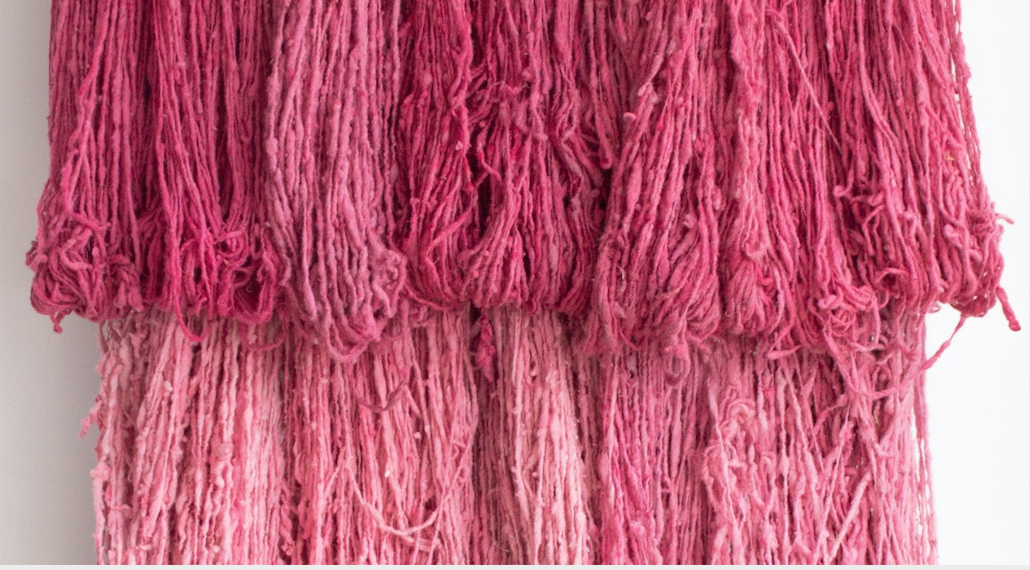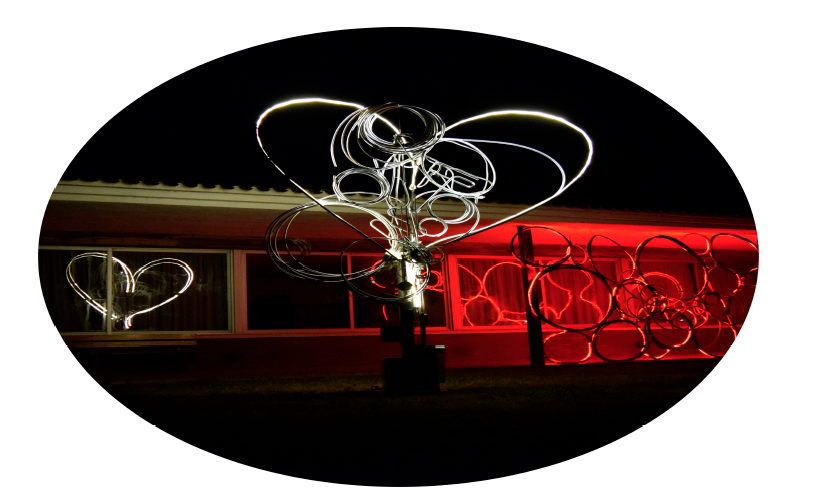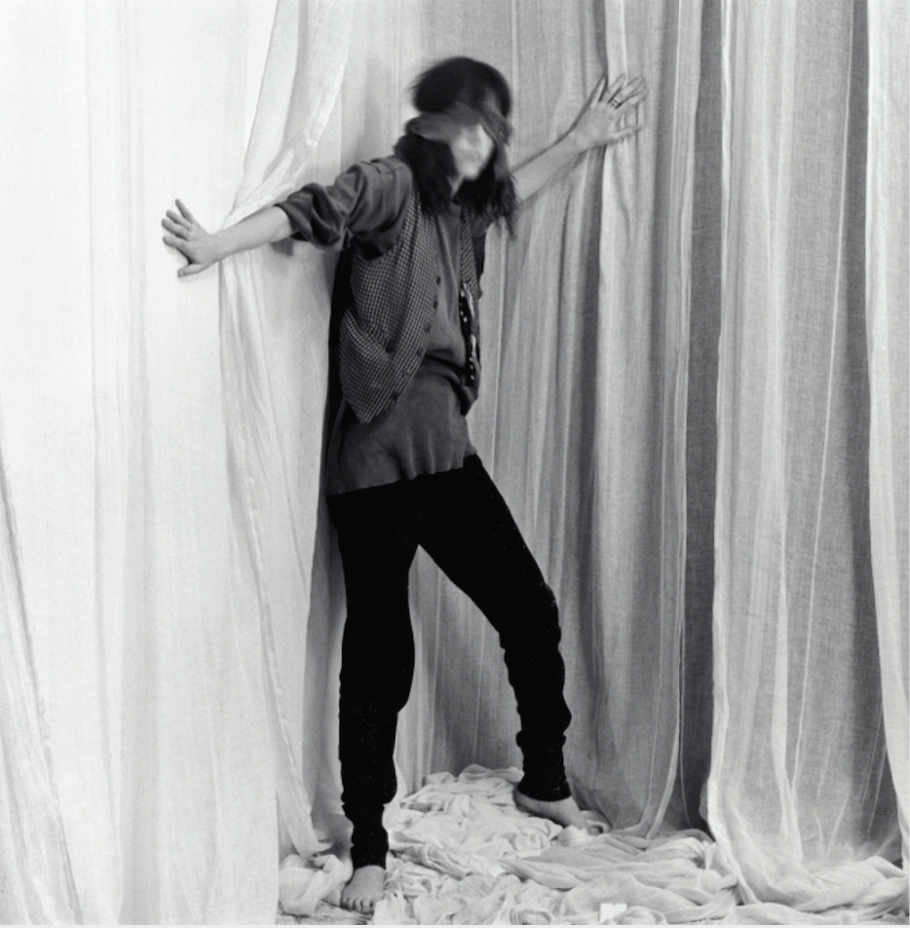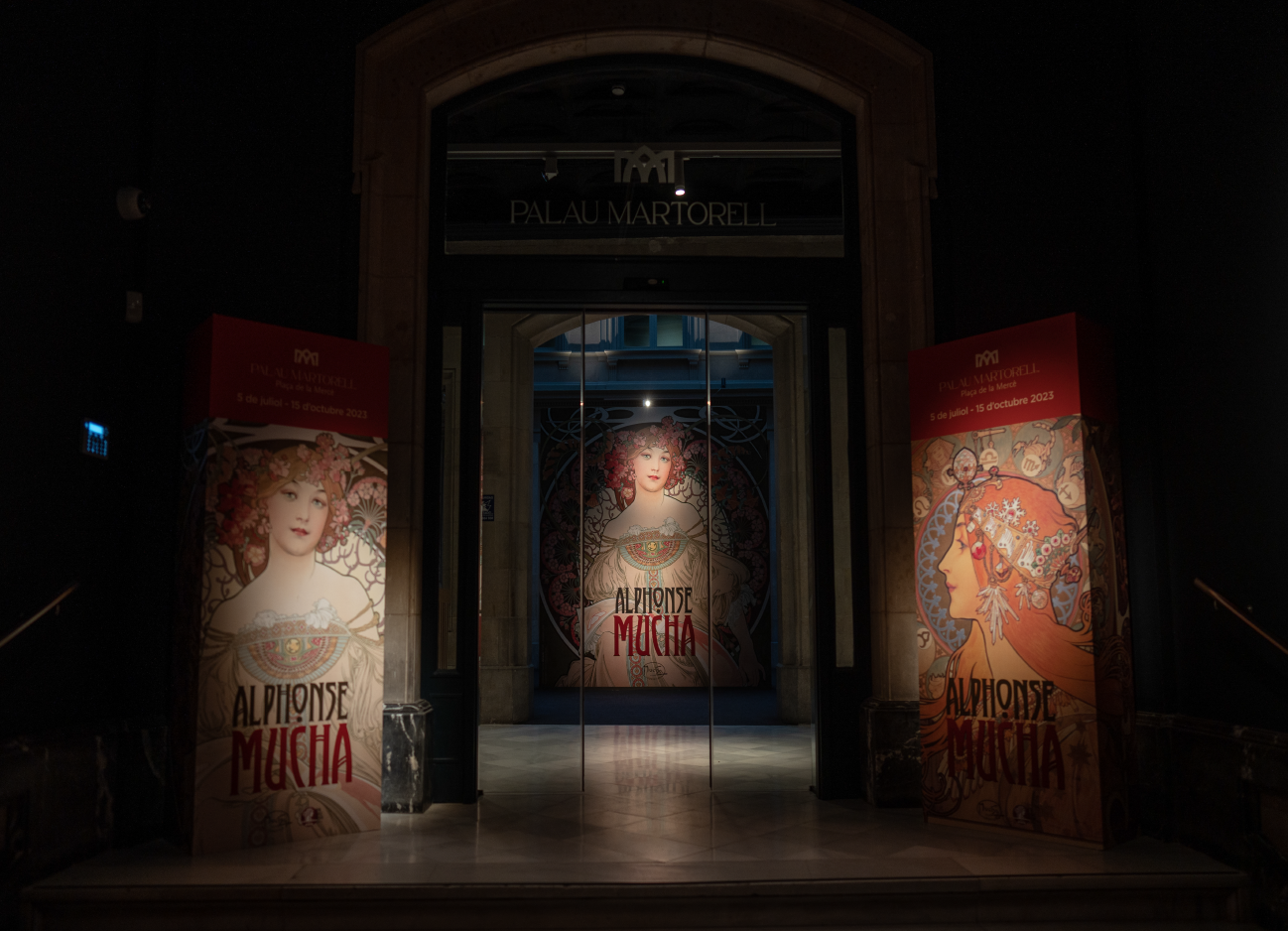Exhibitions
Thyssen-Bornemisza National Museum presents 'Picasso Celebration 1973/2023 with Picasso'
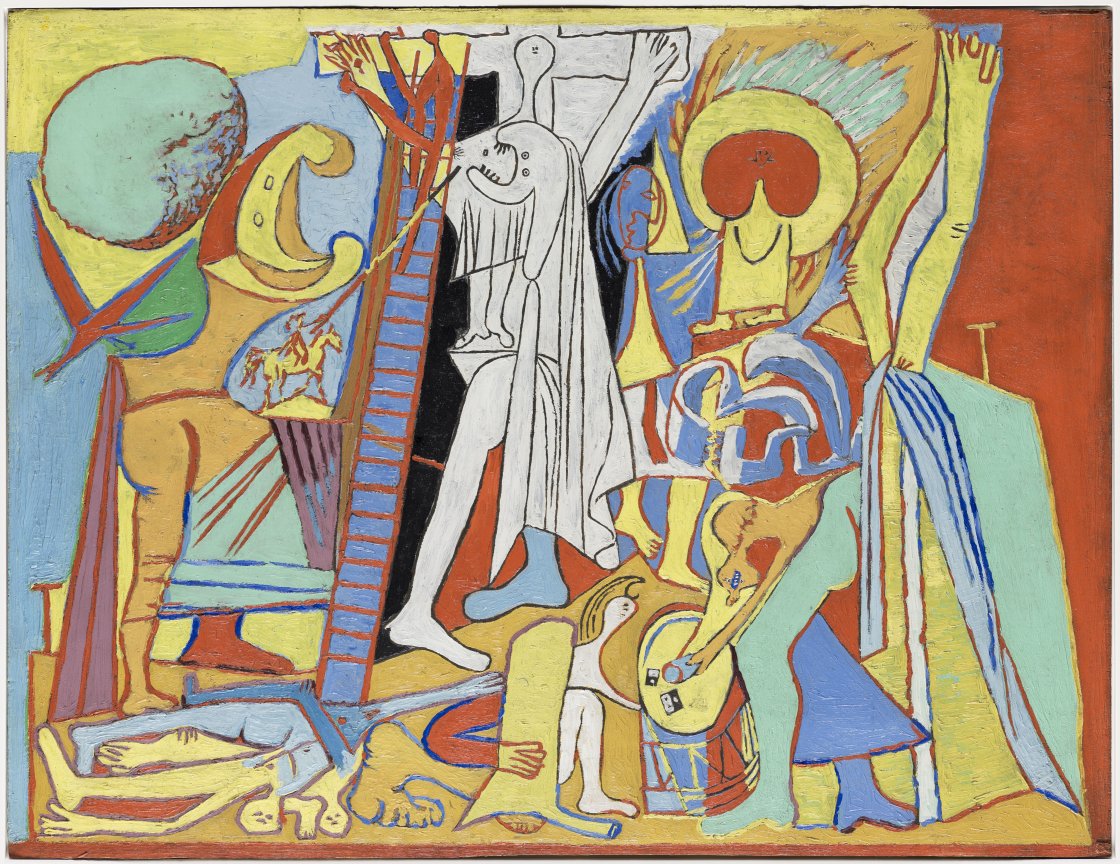
The Thyssen-Bornemisza National Museum closes its projects linked to the Picasso 1973/2023 Celebration with Picasso, the sacred and the profane , an exhibition curated by Paloma Alarcón that is presented in rooms 53 to 55 on the first floor of the museum. The discourse of the exhibition proposes to study the audacity and originality with which the artist approached both the classical world and the themes of the Judeo-Christian tradition, revealing his ability to integrate elements and problems of previous art and to reflect on the ultimate essence of painting. Picasso combined in his work the divine and the human in its broadest and deepest sense, and sensed that, since the beginning of time, artistic expressions had adopted a sacred dimension. When he looks at the art of the past, he reveals new ways of interpreting history and, with his clairvoyance, continues to provide fundamental keys to the uncertain contemporary world.
Art was for Picasso a means of exorcising both his own fears and the challenges of humanity, and he considered himself a kind of shaman, possessed of a supernatural power capable of metamorphosing the visible world. With this conviction and surrounded by a whole world of magical references, Picasso plays the role of intercessor between peoples and civilizations, between art and the viewer, through themes in which the distinction between the sacred and the profane it barely exists. The exhibition brings together a total of 38 works, 22 by Picasso. The eight belonging to the Thyssen collections are joined by several loans from the Musée national Picasso-Paris and other collectors and institutions, as well as paintings by Greco, Rubens, Zurbaran, Van der Hamen, Delacroix, a sculpture by Pedro de Mena and some engravings by Goya .
Throughout three decades of his production and around three thematic plots, a dialogue is established that highlights the uniqueness and paradoxes of Picasso's art, his personal reinterpretation of the themes and genres of the tradition Spanish and European art and the way both pagan and Christian myths and rites merge in many of his creations, especially when dealing with the more universal matters of life, death, sex, violence and pain
Iconophagy deals with the appropriation of certain aspects of the past through the contemplation of the works in museums or the photographic reproductions that Picasso compulsively collected; Personal Labyrinth focuses on the narration of his personal obsessions through the reworking of classic myths and epics, and Sacred and Profane Rites delves into his approach to pagan rites or the heritage of the sacramental through different allegories and Christian cosmologies.
The exhibition can be visited from October 4 to January 14, 2023.



